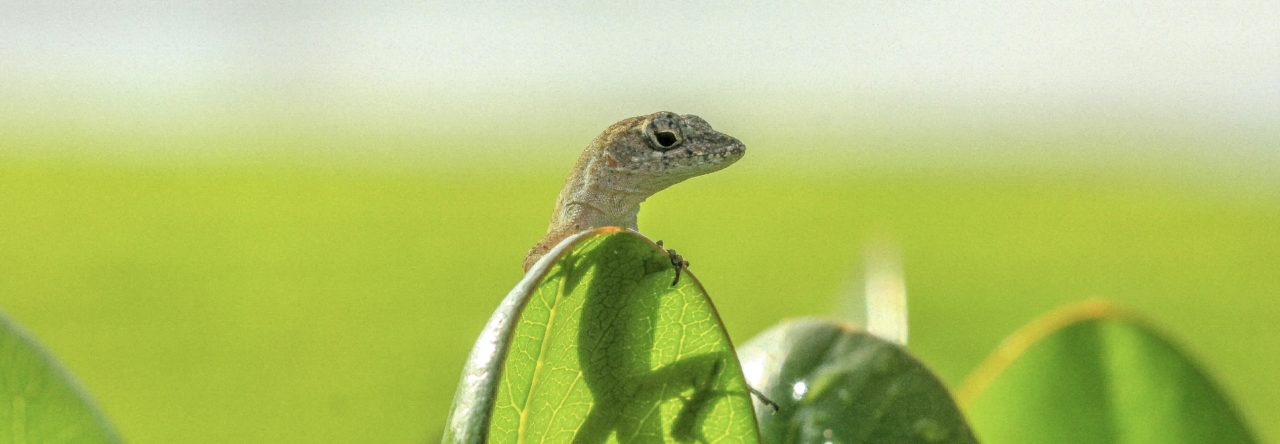 Recently, a 2006 paper on giant land tortoise dispersal has been going around social media. The story is that a tortoise from Aldabra, a tiny speck of an island north of Madagascar, washed ashore in Tanzania, some 700+ kilometers away. Barnacles encrusted on the tortoise’s legs suggest that the chelonian had been adrift for 6-7 weeks, an estimate that makes sense given the prevailing currents. The article summarizes several other, not-quite-so-well documented, cases of tortoise dispersal. These stories make clear that tortoises can disperse over long distances of open ocean. Thus, it is not surprising that they occupy far-flung islands around the world (and remember that until the onslaught of humans, they used to occupy many more islands, such as Madagascar, Mauritius, and New Caledonia).
Recently, a 2006 paper on giant land tortoise dispersal has been going around social media. The story is that a tortoise from Aldabra, a tiny speck of an island north of Madagascar, washed ashore in Tanzania, some 700+ kilometers away. Barnacles encrusted on the tortoise’s legs suggest that the chelonian had been adrift for 6-7 weeks, an estimate that makes sense given the prevailing currents. The article summarizes several other, not-quite-so-well documented, cases of tortoise dispersal. These stories make clear that tortoises can disperse over long distances of open ocean. Thus, it is not surprising that they occupy far-flung islands around the world (and remember that until the onslaught of humans, they used to occupy many more islands, such as Madagascar, Mauritius, and New Caledonia).
This is all well and good, but why discuss it in Anole Annals? After all, our little four-legged friends weigh a few grams, not many kilograms, and they don’t carry a flotation device on their back. Does the dispersal ability of these behemoths tell us anything about how anoles reached their island homes?
Let’s go to an example closer to home, from a paper in 1998 published by Ellen Censky in Nature. In that paper, Censky et al. reported an observation from 1995 of a large mat of vegetation washing ashore on the Caribbean island of Anguilla (described as “a mat of logs and uprooted trees, some of which were more than 30 feet long and had large root masses. Local fishermen say the mat was extensive and took two days to pile up on shore.”). This in itself was not so unusual—such mats wash ashore regularly, especially in hurricane season. What was unusual is that riding this vegetation was a passel of green iguanas, a species native to some islands in the Caribbean, but not Anguilla. As onlookers watched, the vegetation washed ashore and, like tourists disembarking from a cruise ship, the 15 iguanas stepped off onto the beach. And like the occasional tourist, the iguanas liked it so much that they never left. Rather, they settled, put down roots, and raised a family. As far as I know, the iguanas are still there to this day.
 But where did they come from? One bit of information did not make it into the article, but Ellen Censky has kindly allowed me to report it here. There was a clue in the mat of vegetation, in the form of a street sign. In French! That narrowed the possibilities considerably, and a bit of sleuthing established that the street sign, and hence the saurians, came from the island of Guadeloupe, where iguanas are native, and where Hurricanes Luis and Marilyn had struck some weeks before. Hurricanes often knock enormous amounts of vegetation into the water, explaining the formation of the vegetation mat.
But where did they come from? One bit of information did not make it into the article, but Ellen Censky has kindly allowed me to report it here. There was a clue in the mat of vegetation, in the form of a street sign. In French! That narrowed the possibilities considerably, and a bit of sleuthing established that the street sign, and hence the saurians, came from the island of Guadeloupe, where iguanas are native, and where Hurricanes Luis and Marilyn had struck some weeks before. Hurricanes often knock enormous amounts of vegetation into the water, explaining the formation of the vegetation mat.
True, iguanas are bigger than anoles, but otherwise this is exactly the mode of transport hypothesized for anoles. For example, large amounts of vegetation often fall into the Amazon and Orinoco Rivers in South America and end up floating far out to sea, as chronicled by Blair Hedges in a paper a while back. It’s not that hard to imagine a female, with eggs or storing sperm, hunkered down in such vegetation and managing to survive such a journey. It probably doesn’t happen often, but as Ernest Williams pointed out in an overlooked paper on colonization years ago, given millions of years, the unlikely becomes probable. Phylogenetic evidence indicates that the Caribbean anole radiations are the result of two colonization events from the mainland. In addition, it suggests that the Norops radiation on the mainland is a result of back-colonization from the islands—over the 40 million plus year history of anoles, that doesn’t seem very unlikely.



Skip Lazell
I bet Ellen’s Anguilla mat had some anoles too, but they would probably not be able to establish on anole-rich Anguilla. Skip
Kevin Chovanec
Schoener and Schoener (1984) tested the dispersal ability of anoles experimentally — 30% of their lizards (n=39) remained afloat in an artificial saltwater wave tank for 24 hours.